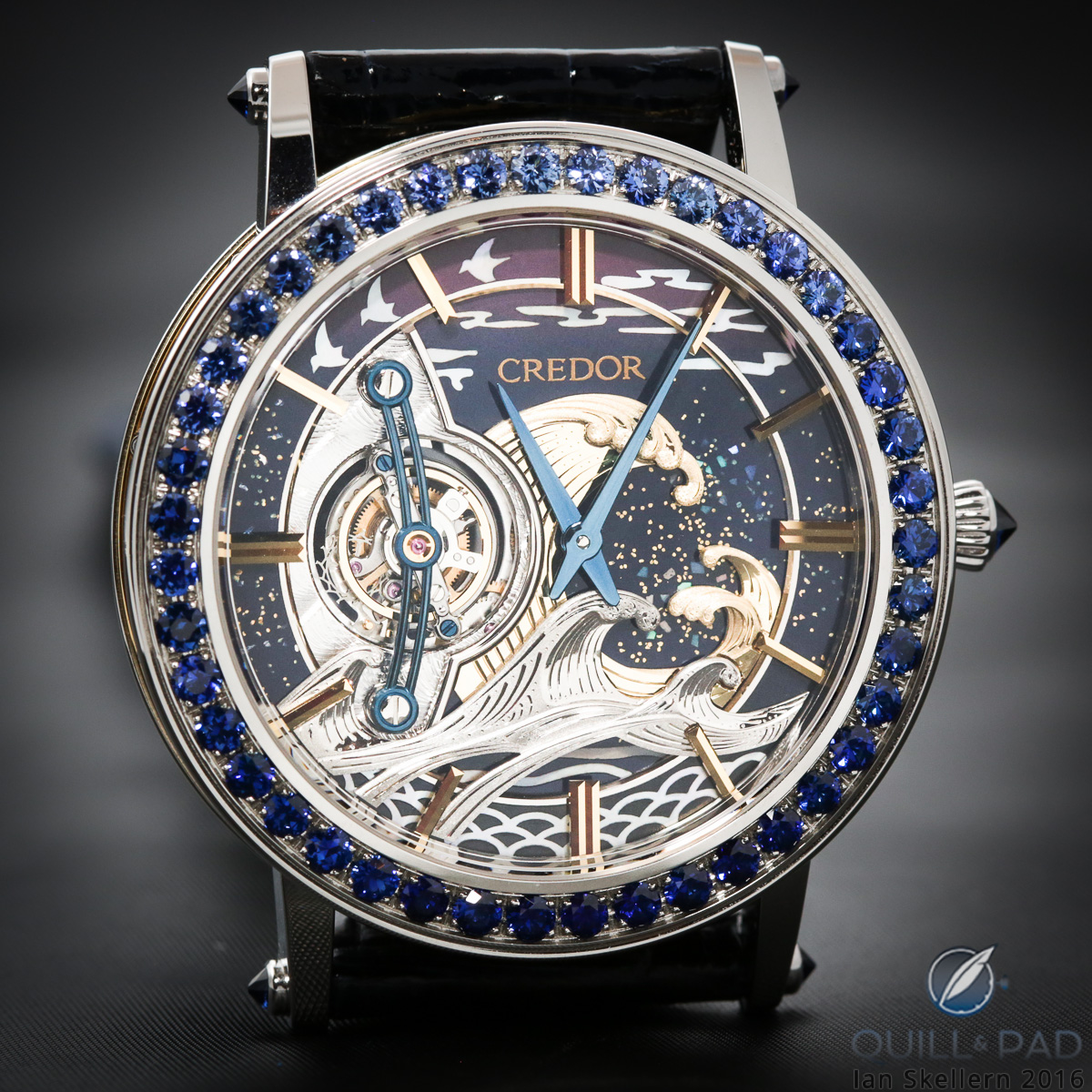When most people think of fake cheap Seiko, they think of the mass-produced quartz watch replica es replica that dominated the world’s markets in the 1980s and thereafter.
What most people don’t realize is that Seiko, one of only a handful of companies able to manufacture a watch replica from A to Z under its own roof, offers a full spectrum of timepieces that ranges from inexpensive quartz to full-on mechanical handmade horological delicacies with fine finishing and artful embellishment – and everything in between.
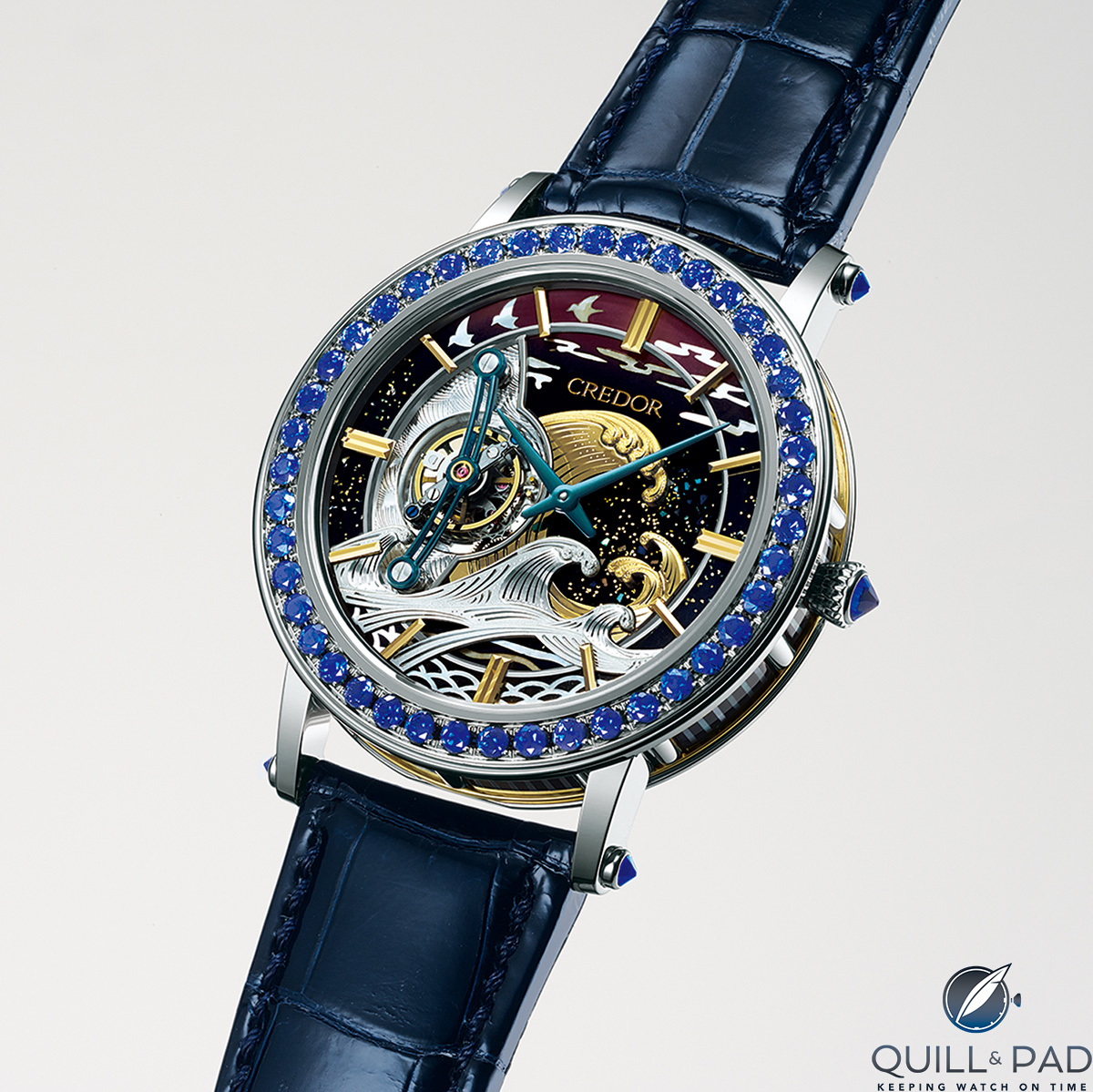
Credor
Credor is the sub-brand name under which Seiko makes its highest-end watch replica es replica: these are delightful timepieces intended to express the Japanese understanding of beauty and time. The name Credor, which was registered in 1974, originates in the French words crête d’or (“crest of gold”). The first Credor watch replica was introduced to the domestic Japanese market in 1979.
Until Baselworld 2016 replica watch and the advent of the Credor Fugaku Tourbillon, the very top end of Credor’s offerings – the delicacies, as it were – have never been available for purchase outside of Japan. However, timepieces such as the Credor Eichi of 2008 and the Credor Sonnerie of 2006 – a very, very finely finished striking watch replica powered by the Seiko Spring Drive movement – have been justifiably hailed by the horological intelligentsia as incredibly well-made timepieces displaying a Japanese feel for haute horlogerie. They are crafted by an internal group of watch replica makers known as the Micro Artists.
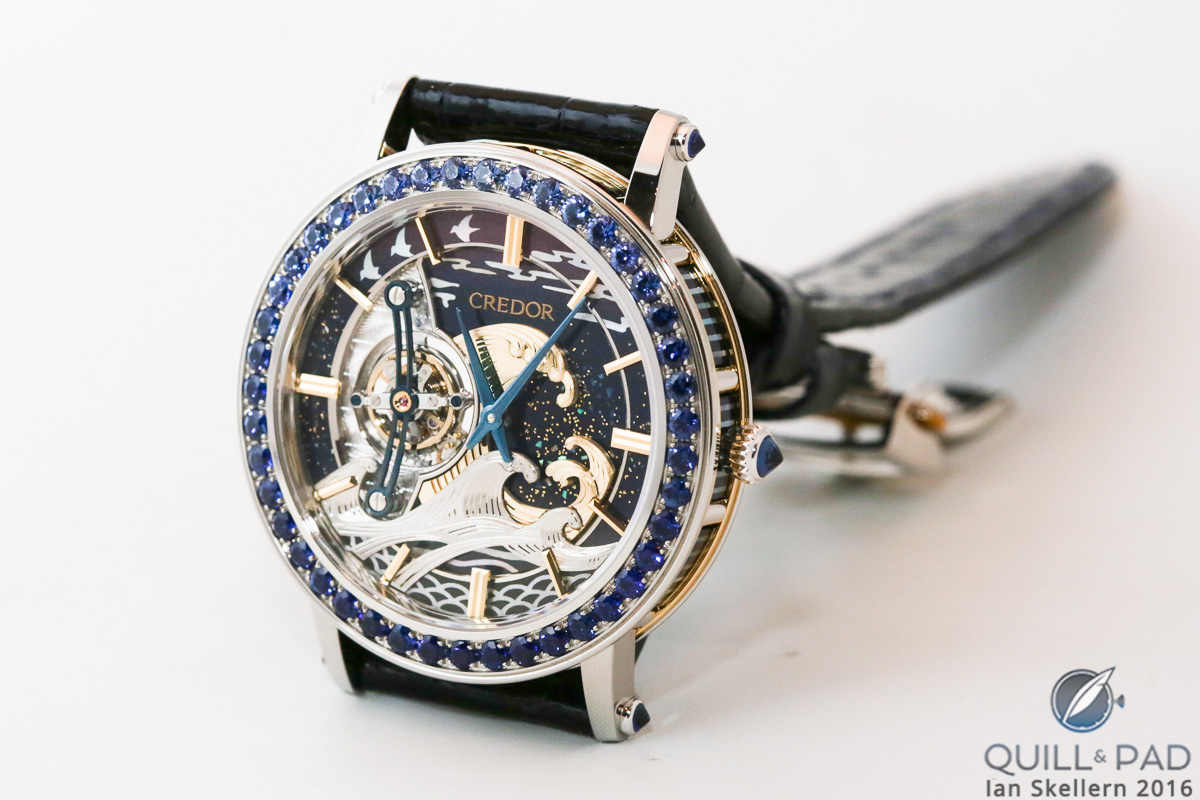
These timepieces now solidify a burgeoning western realization that Seiko is indeed capable of so much more than “just” inexpensive quartz timepieces.
The Micro Artists
Seiko’s Micro Artist division has already created some very beautiful timepieces, but this is the first tourbillon to emerge from Seiko in its entire 135-year history. And it may not have come about for the usual reasons – or the reasons you may be thinking.
In fact, during Baselworld I heard many people wondering aloud at the fact that Seiko had produced a tourbillon. I am of the strong opinion that this tourbillon did not arise out of the same need that many western brands have: the perceived marketing-induced need to “have a tourbillon in the collection.”
Yes, that is apparently a thing. I have heard it many times over the years.
In 2008 I went to Japan to visit Seiko’s Micro Artist division in preparation for the chapter in 12 Faces of Time on Kenji Shiohara, at that time the head of the department.
The Micro Artist studio was established in 2000 in Seiko’s Shiojiri factory. At the time of my visit in 2008 it comprised ten craftsmen. The “jewelry studio,” in charge of gemstone setting, precious metals, and special techniques, was in the next workshop over.
What I took home from the visit to those workshops was that passion was the biggest factor to earning a job within those four walls.
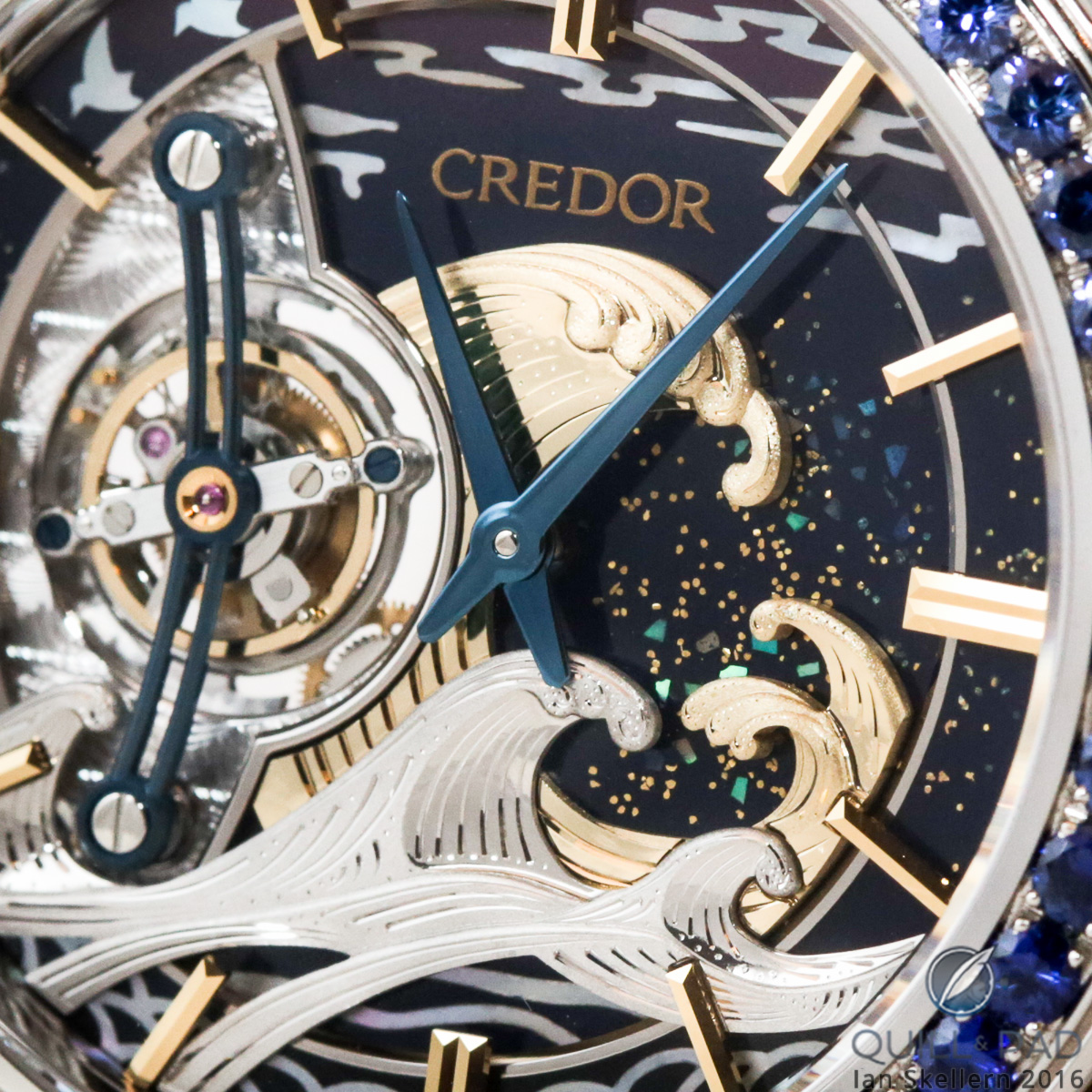
Photographer Ralf Baumgarten and I had chosen Shiohara for the book because of his ties to Philippe Dufour; the two seemed to have a special bond that comprised the language of creative, very fine watch replica making. After meeting Shiohara, I completely understood that. Even though our words had to go through a translator, we were able to speak the language of watch replica making with each other in the workshop.
Shiohara let me know that he had discovered that fine finishing lent a timepiece more longevity, which is why he had contacted Dufour in the first place – he had the grand Swiss master show him finishing techniques. Wanting to enhance their skill, the Micro Artists looked to Dufour for advice and learned from him how to finish the tricky parts of a movement.
Both for Dufour and for the Micro Artists, finishing is not just for aesthetics, but also to enhance a watch replica ’s functionality and durability. Dufour is revered in a godlike way among Japanese enthusiasts, something made very clear during a comment expressed by the moderator of the 2015 Grand Prix d’Horlogerie de Genève.
“I want to make a watch replica that is inherited and will work for generations,” another Micro Artist, Mr. Takahashi, told me through a translator during my visit.
The Micro Artists went on to apply the knowledge gained from Dufour to other Credor products; their desire was to have their watch replica es replica to working well for generations to come.
Japanese culture usually prevents a company like Seiko from singling out its craftsmen, so Shiohara to my knowledge never made another trip to Baselworld following the publication of 12 Faces of Time (which I find to be a shame). But what he did manage to impart to me one day during our visit by pulling me aside, away from the official translator, was that he had secretly been working on a tourbillon in his free time. He told me to keep this on the down-low (Japanese culture and hierarchy prevented him from wanting this to get out), and I had always wondered if I might ever see it become a real watch replica .
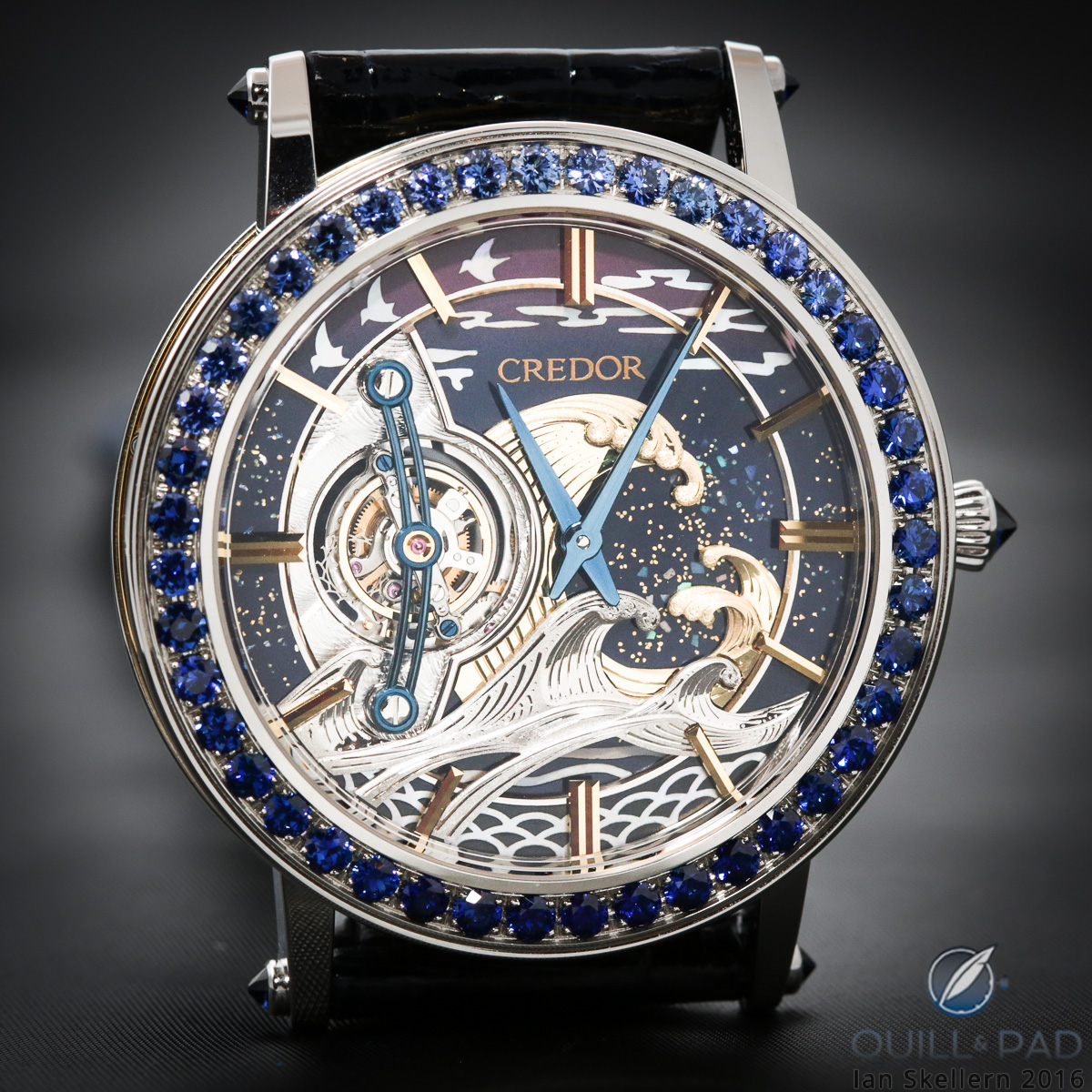
The tourbillon
When I arrived at Baselworld 2016, I was surprised and excited to learn that Seiko was showing a tourbillon. I could hardly wait to see it in the metal.
I have not yet been able to find out if the tourbillon is based on conceptual work by Shiohara. The press release relates that the tourbillon movement is made and assembled by Satoshi Hiraga, while the “integration of the tourbillon, metal engraving, and lacquer work is entrusted to Nobuhiro Kosugi, the first watch replica designer to be selected as a master craftsman.” (Apparently times have changed at Seiko.)
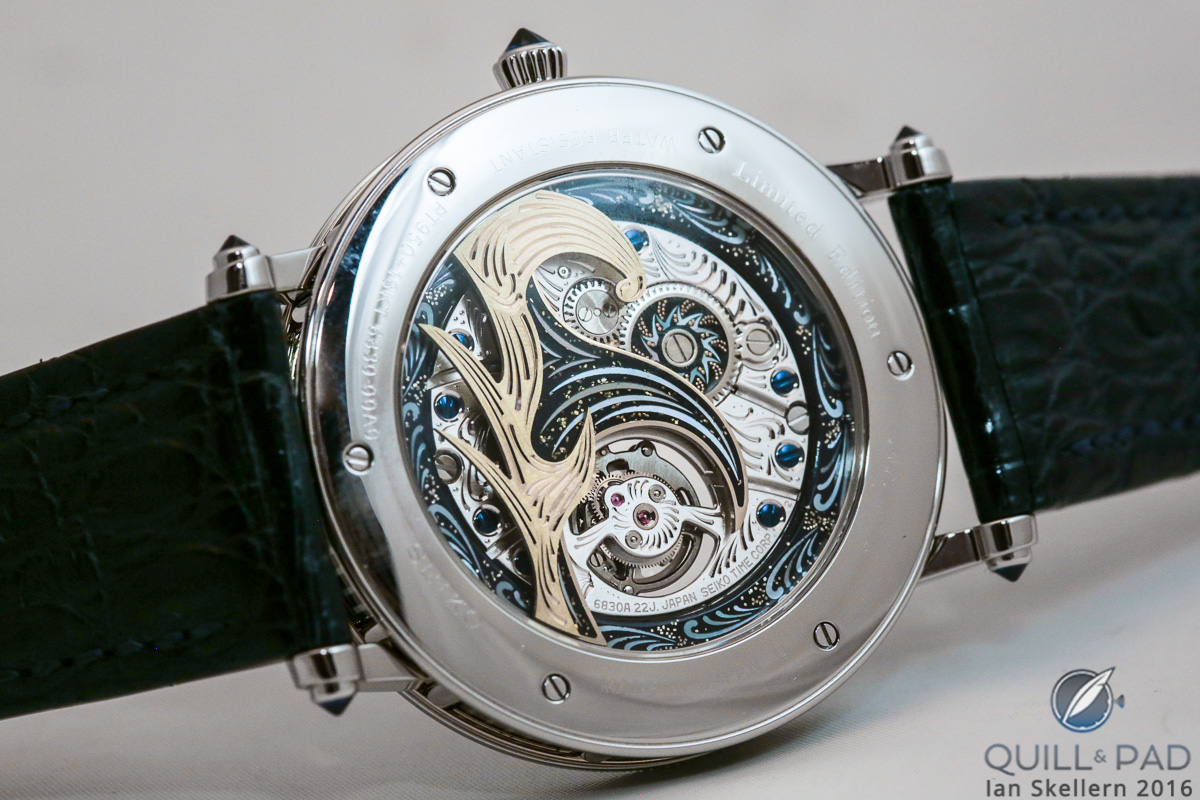
The tourbillon movement we see here is based on Seiko’s ultra-thin mechanical Caliber 68 introduced in 1969, one of Seiko’s longest running caliber families. Now called Caliber 6830 with the addition of the tourbillon, it measures 3.98 mm in height (the base movement is a mere 1.98 mm in height).
At 25.6 mm in diameter, Seiko announces that this is the world’s smallest tourbillon by volume – a volume that is further reduced by a unique pallet fork design. Titanium was used for parts of the tourbillon cage.
The artistic inspiration
The Credor Fugaku Tourbillon’s visuals are inspired by the nineteenth-century Edo period in Japanese history, and specifically by a piece entitled “The Great Wave of Kanagawa” from within the Katsushika Hokusai (1760–1849) series of woodblock prints called 36 Views of Mount Fuji.
Engraver Kiyoshi Terui applied his skill to the three-dimensional yellow and white gold wave of Kanagawa that dominates the front of this watch replica . The wave is 1.6 mm at its thickest and 0.5 mm at its thinnest.
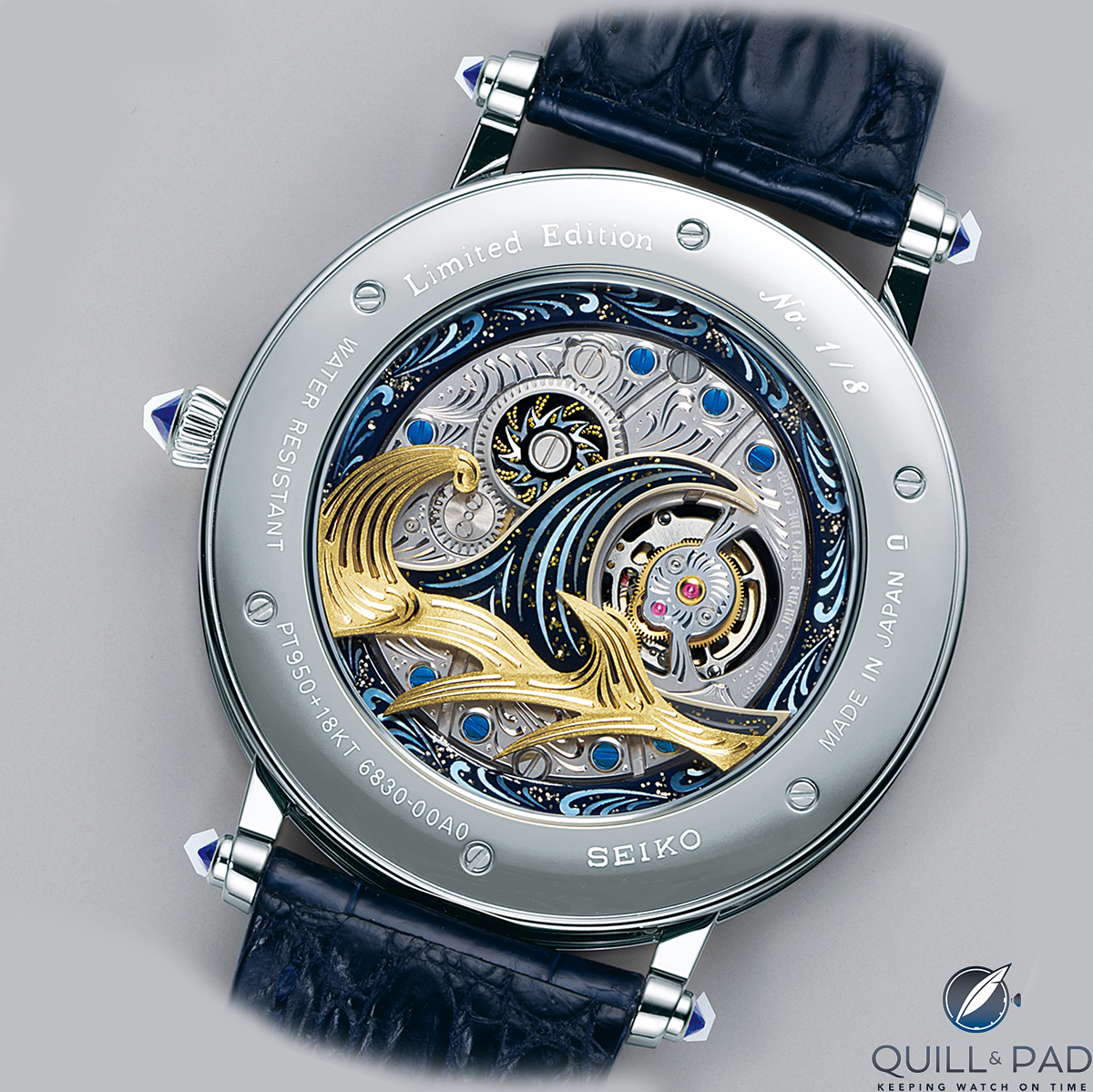
On the reverse side of the watch replica , a similar wave comprising engraving and lacquer is found underneath the sapphire crystal that allows a view – however brief – into the movement’s architecture.
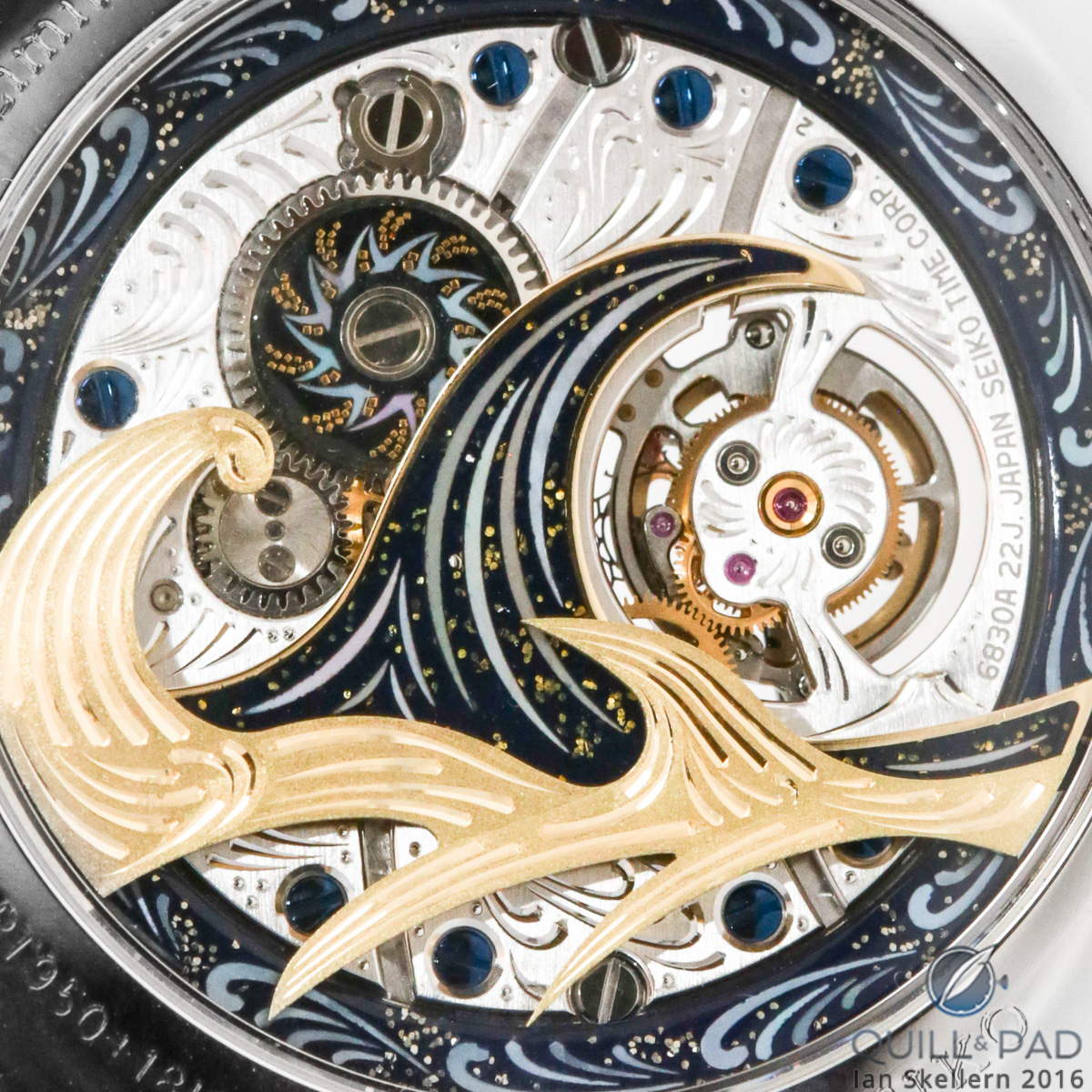
An outline depiction of Mt. Fuji is just discernible on the balance wheel bridge, while the crown wheel is decorated with beautiful lacquer work. The word “Fugaku” is a mythologically inclined reference to Fuji (it does not refer to the popular anime character Fugaku Uchiha in this instance).
The watch replica ’s intense, three-dimensional colors are created from the combination of engraving and lacquer. The scene on the dial takes place at dawn; the dark-blue-to-lush-violet color of the sky was created by lacquer artist Isshu Tamura, who also painted the Credor logo in gold Maki-e lacquer.
At the 12 and 6 o’clock dial positions, we also find fine mother-of-pearl engraving. The hour markers are applied 18-karat yellow gold specimens, while there are 43 blue sapphires set into the case’s white gold bezel. The case band is decorated with mother-of-pearl inlay, and sapphire cabochons embellish the crown and screw heads of the lugs’ screwed-in spring bars.
With this tourbillon, Credor’s mountain top of timepieces is also finally available in the West. One of the eight limited edition examples of the Credor Fugaku Tourbillon will be available for sale through the New York City Seiko boutique; the other seven will be available at other global Seiko boutiques.
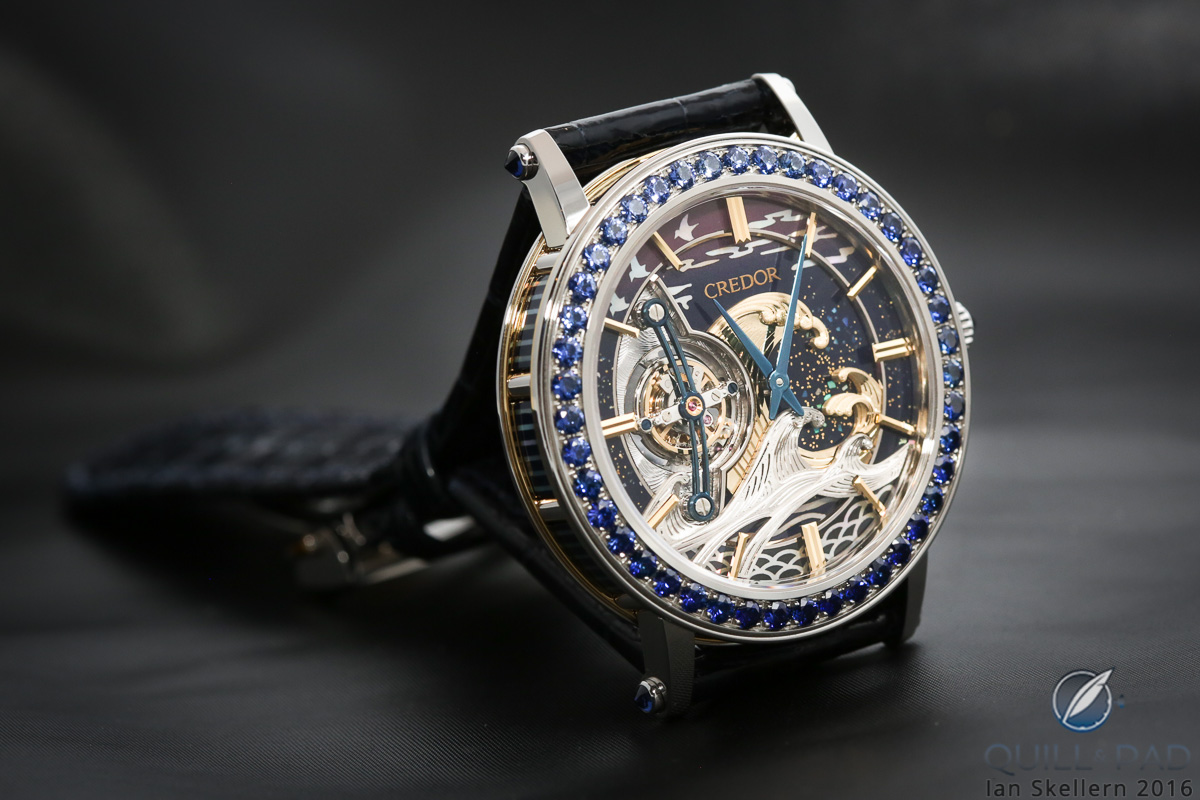
Quick Facts
Case: 43.1 x 8.8 mm, platinum/white gold with 48 blue sapphires (3.22 ct)
Dial: engraved white and yellow gold with Urushi lacquer, mother-of-pearl, Yakogai (turban shell)
Movement: manually wound Seiko Caliber 6830, 21,600 vph frequency, 37-hour power reserve
Limitation: 8 pieces
Price: $460,000
